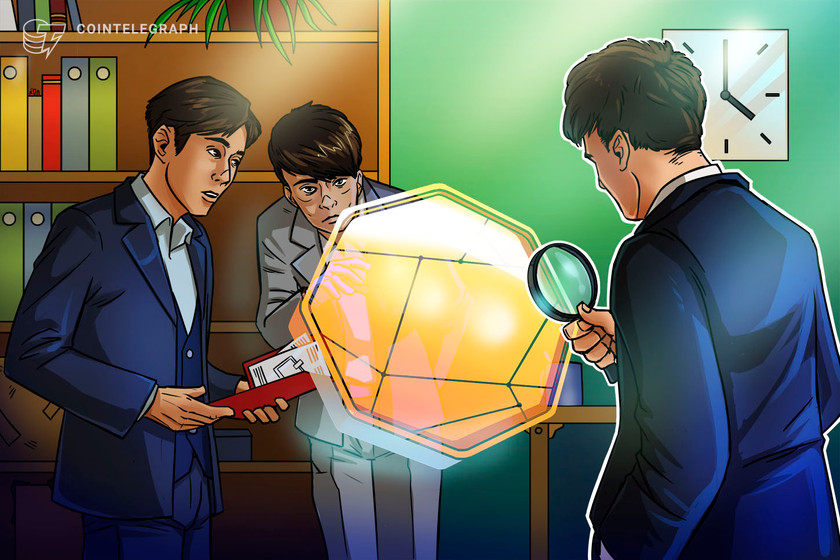Traditionally, most people define NFTs as digital art, but there are many more potential applications. Let us take a look into what’s coming up next. What is an NFT? Non-Fungible Tokens (NFTs) derive their name from one of the properties that can make up a crypto asset. Cryptocurrencies, such as Bitcoin, Ethereum, or ERC-20 tokens are fungible, which means that all units in the supply are interchangeable with one another and retain their value if they are divided. In essence, when you hold 1 ETH in your wallet, you generally do not care which one out of the over 117 million ETH currently in existence it is. NFTs on the other hand have special properties that make each token unique. In essence, an NFT gives you cryptographic proof that you are the sole owner of whatever virtual asset the NFT is associated with. These assets can for example be digital images, videos, music, but even more abstract things like intellectual property, digital usage licenses, or insurance policies. Depending on the type of NFT, you can freely list the token on an online marketplace, or transfer the token to somebody else’s wallet. Influencers can turn their content into NFTs One of the use cases for NFTs is the monetization of content. For example, influencers can convert their Tweets, YouTube videos, TikTok clips, or Instagram posts into NFTs and sell them. This can take many forms, such as adding digital memorabilia as a perk in exchange for donations or Patreon subscriptions. But with sufficient outreach, your content can be worth a lot more to your avid fans. As one of the first examples, Twitter CEO Jack Dorsey turned his first-ever tweet into an NFT, which sold for almost 3 million USD. But the possibilities reach far beyond these one-off listings. For example, content creators could create limited copies of an NFT from the most iconic moments of their online career, or even mass-produce NFTs in bulk that sells at a lower price and target their average fans. Another option is to include intellectual property rights to their content in the NFT. Finally, they can produce exclusive digital art accompanying their regular content. This both creates an additional source of income and can increase the content creator’s outreach in the digital art community. The problem is that there is no streamlined solution yet to create NFTs on a mainstream level. The NFT marketplaces that currently exist require users to have at least some knowledge of cryptocurrencies and blockchain technology. In order to create NFTs, you need a crypto wallet with at least some amount of cryptocurrency on it to pay for the transaction fees. The same applies to buying and selling NFTs. This means that the circle of NFT creators and buyers is still limited to crypto insiders. The Marketplace The E-Commerce platform Uquid aims to combine the best elements from the world of Decentralized Finance (DeFi) and NFTs. At the heart of Uquid, there is an online marketplace that offers thousands of items, ranging from video games and software, over mobile credit and gift cards, to credit for utility companies such as electricity, internet, and insurance providers. In addition to traditional payment options, the marketplace accepts various cryptocurrencies and crypto projects can even apply to have their own token added to the list. This combination of DeFi and E-Commerce allows buyers and sellers to cut out middlemen like payment services, which makes the exchange of goods and services more efficient and leads to savings for customers. Most recently, Uquid has launched its own NFT marketplace, which is specifically tailored to the needs of influencers and content creators. In September 2021, Uquid plans to grow the number of NFTs on offer from 40,000 to over 1 million tokens. With the marketplace, users can directly convert content from their social media channels into NFTs. At the moment, Uquid is the only NFT marketplace that to fully supports YouTubers, TikTokers, livestreamers, and other social media influencers. Uquid hopes to create a simpler and more efficient process to create and sell NFTs that do not require a crypto wallet. Instead, Uquid uses the same checkout system as on their regular marketplace for payments. Also in September, Uquid will release a buy-now-pay-later feature to their checkout system. Buyers can then have the NFTs sent to their Binance Smart Chain wallet, which is a more cost-efficient solution than Ethereum. Image by Steve Buissinne from Pixabay


